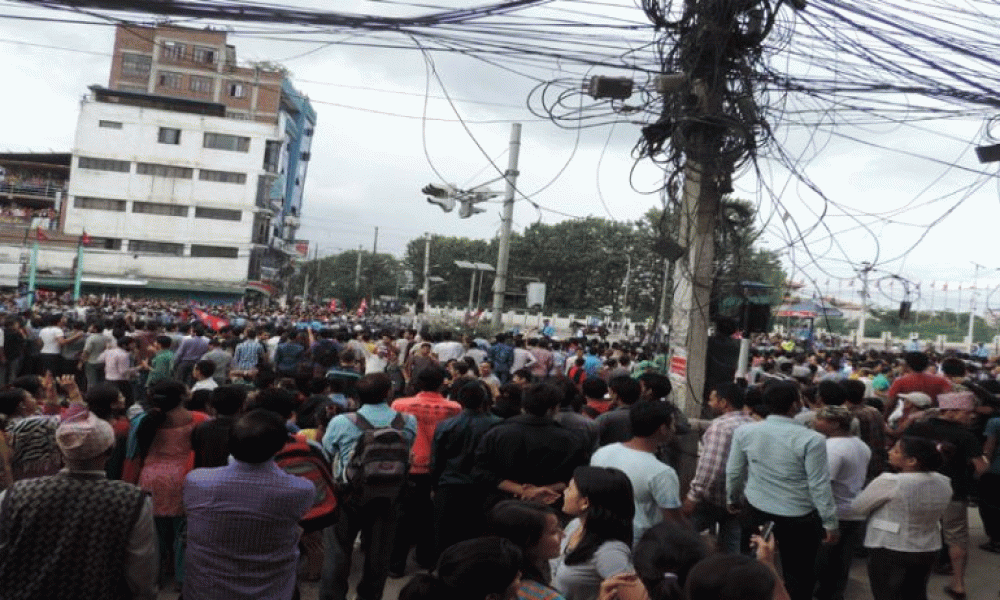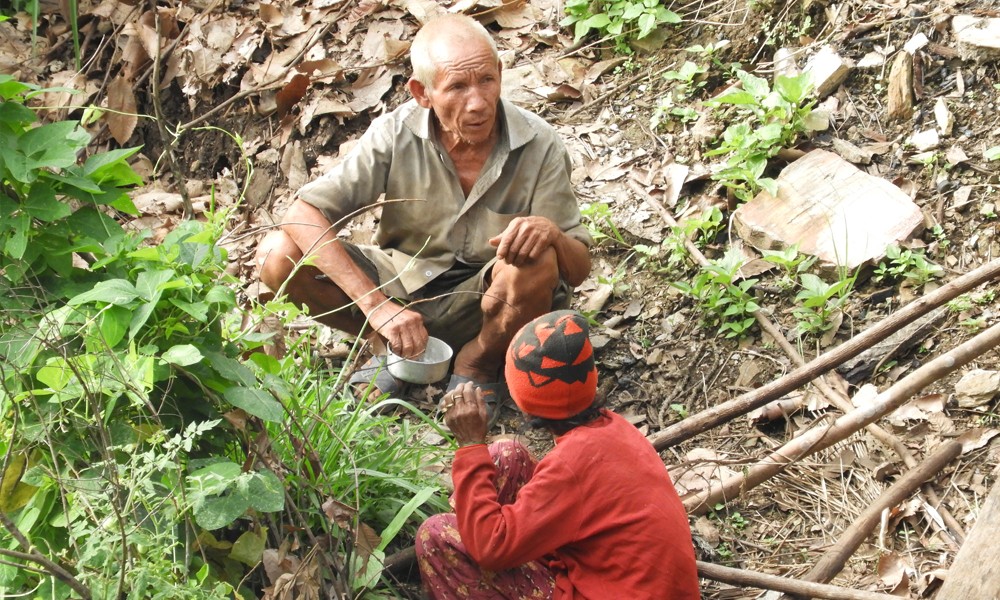Like other castes and communities, Nepal's indigenous people were desperately waiting for a new constitution. Their wait came to an abrupt end on 20 September when President Ram Baran Yadav promulgated the new constitution.
However, the new constitution did not live up to expectations of Adivasi, Janajatis, Madhesi, Dalit, Women, Religious Minority Groups and many other oppressed communities. Their hopes and aspirations were dashed. No wonder they dubbed the new constitution merely as a document soaked in blood of people. Their argument was not invalid: one more Nepali was shot dead just hours before the constitution was announced. In the weeks leading up to 20 September, more than 40 people had been killed. When Kathmandu celebrated the new constitution by lighting lamps, the Tarai observed a complete blackout in protest.
Nevertheless, the new constitution has ushered in a new political era. It is difficult to predict if the new era will be peaceful and prosperous. Given the magnitude of discontent, it can be said that the post-constitution era will be more tumultuous. There are fears that the country will face more conflicts, which will be devastating to the country's economy.
As Indigenous People gear up for a fresh wave of agitation in the new political context, it is now relevant to revisit and reexamine Nepal's Adivasi Janajati movement. It is important to assess how far the movement has achieved its goals.
As Indigenous People gear up for a fresh wave of agitation in the new political context, it is now relevant to revisit and reexamine Nepal's Adivasi Janajati movement. It is important to assess how far the movement has achieved its goals.
Janajati movement began as a response to the historical marginalization of Nepal's indigenous people. It was a manifestation of anger suppressed by Janajatis for ages. Janajati movement was initially for preservation of various ethnic communities' language, religion and culture. It later focused on inclusion, proportional representation and constitutional recognition of multiple identities.
Janajatis began organizing themselves and fighting for their rights right from the first successful democratic struggle of 1950s. But after a decade, democracy was seized by king Mahendra and fledgling indigenous organizations were nipped. SE.TA.Ma.Gu.Ra.Li. (Sherpa, Tamang, Magar, Gurung, Rai, Limbu) movement created some ripples. But Janajati movement gathered momentum only after restoration of democracy in 1990.
Now, the Nepali state has principally embraced democracy, republicanism, federalism, inclusion through the new constitution. Even so, the dominant ruling class has not acknowledged essence of these political concepts. This is why there is so much discontent about the constitution among Indigenous People.
At this stage, it is important to understand what Janajatis got from the new constitution. It is not that the new constitution is a trash and totally regressive. It is progressive to a certain extent and has ensures some rights for Janajatis. But it is still not as progressive as what Janajatis expected it to be.
At this stage, it is important to understand what Janajatis got from the new constitution. It is not that the new constitution is a trash and totally regressive. It is progressive to a certain extent and has ensures some rights for Janajatis. But it is still not as progressive as what Janajatis expected it to be.
The new constitution has either ignored or diluted the concepts of identity-based federal provinces, autonomy, proportional representation, electoral system, education in mother tongues and social justice. Most of provisions that ensure some rights for indigenous people are followed by cunning sentences like 'as per federal laws'. It reeks of conspiracy and leaves ample room for manipulation.
At this stage, leaders of Janajati movement need to do two things. First, institutionalizing achievements of all the past struggles is important. Second, spurring the movement for autonomy, representation of indigenous people in all state organs in proportion to their population, identity, rights to self-determination, fully proportional representation election system and social justice is even more important.







